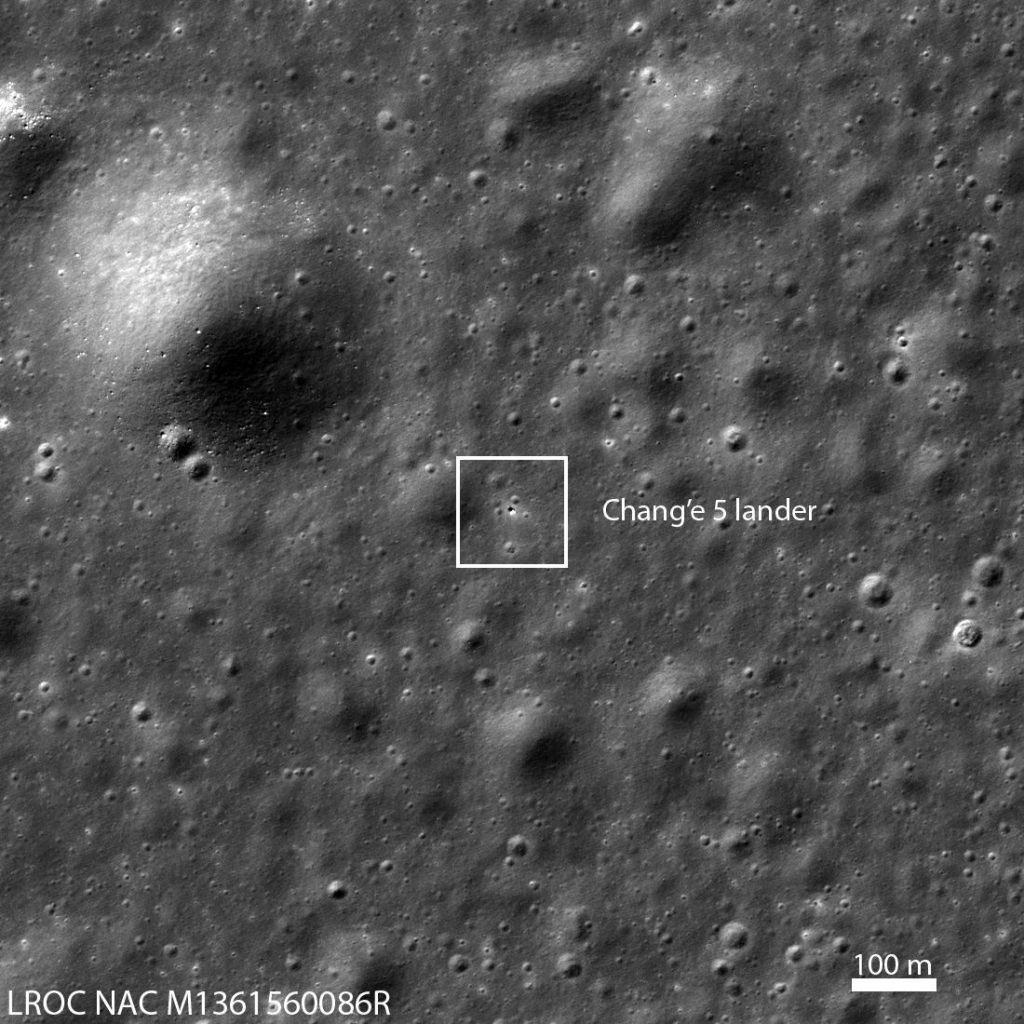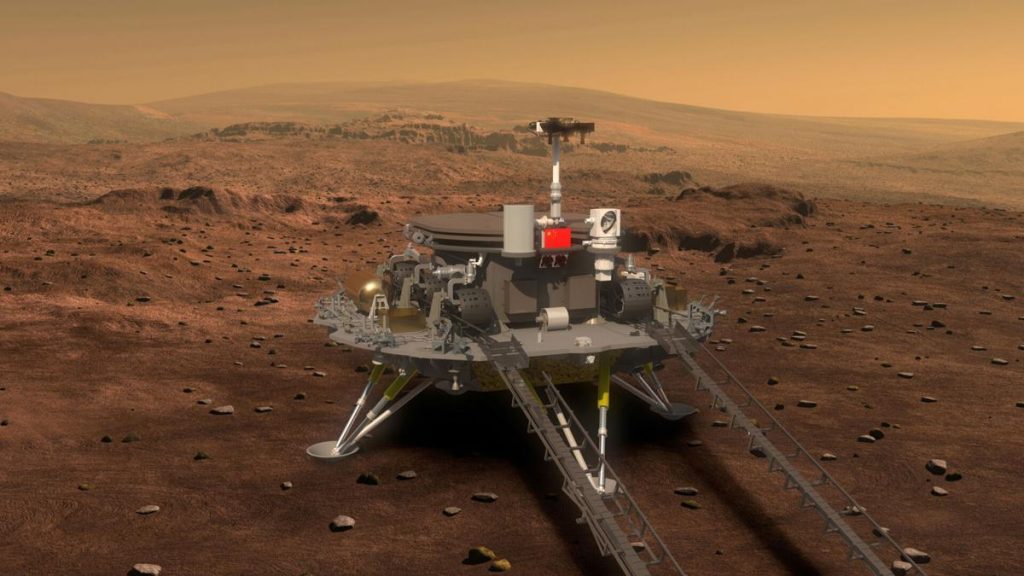It wasn’t an accident; instead, it was instructed back into the moon, and it happened the way it was desired. CNSA directed the Chang’e 5 ascent vehicle to crash on Monday.
Anyone who is not in the loop with the CNSA’s latest space mission would be shocked to know that the space vehicle crashing into the moon was marked as a success.

China’s mission involves cleaning up space junk caused by humans. And as the South China Morning Post reports, the country is doing some extensive work to reach its desired goal.
CNSA crashed its lander vehicle into the Moon so that it doesn’t add up to the existing junk in space where such vehicles fall into an orbital trajectory.
Space Junk, A Relatively Serious Issue
Chang’e 5 mission is on its way back to earth with the collected moon rock samples. And with the completion of collecting moon rocks after decades, the mission also introduced a new way of decreasing the human-made debris in space.

Leaving it in orbit could have caused its collision with any of the future space missions. That way, it makes it safer to cause a planned collision on the surface of the moon.
According to a report by Futurism, there have been many high profile near-misses in orbit this year. And this calls for a way to reduce such happenings as no one would like the idea of a massive collision in space caused by humans.
Burning up a retired satellite near the earth’s atmosphere is do-able. However, doing the same around the moon’s atmosphere isn’t a good idea, as explained.
The chang’e mission might be a permanent solution that would make the moon a tech graveyard. It is the most feasible thing to do as it minimizes the chances of collisions in orbit.

The future safe option might be the same way, to form and utilize a lunar tech graveyard, starting with China’s Chang’e 5 mission. It is definitely the safer option as a series of future space missions are on their way. And getting ahead of the space debris concern is the need of the time.
Watch the following video if you want to learn more about China’s lunar mission.


